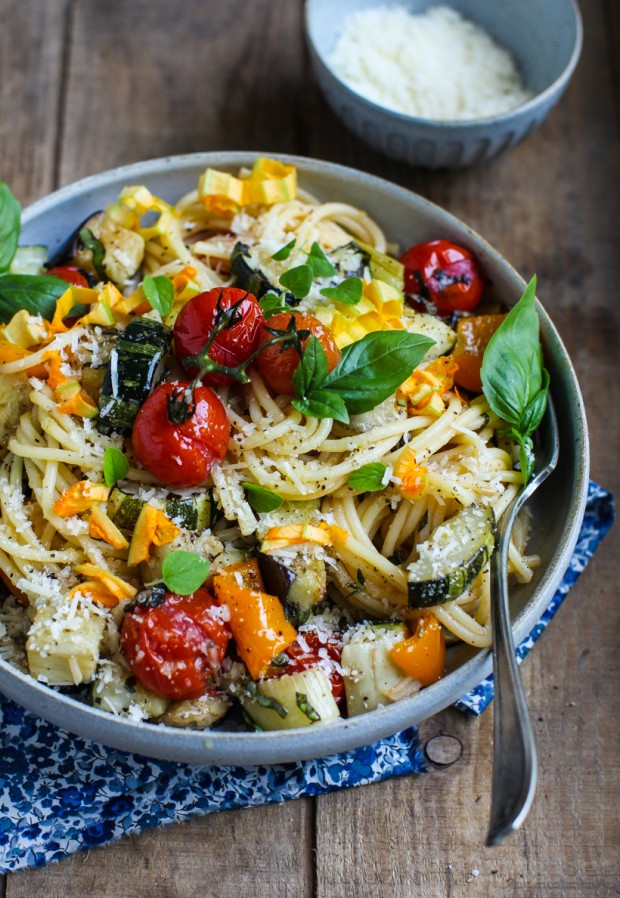

Now that you know the nutrition facts of different types of pasta and that you need to consider toppings when figuring out how many calories pasta has, I will cover some details on how to incorporate pasta in your diet while cutting. The overall calorie content of the dish has to be considered. 1 cup of meat sauce can add 320 calories and 20g of fat). Next, we need to consider that pasta is rarely served plain, and rich toppings such as butter, oil, cream, and meat sauces can dramatically increase the calorie and fat content of a pasta dish (e.g. How Different Toppings Affect the Calorie Count of Pasta When you feel full, it can be easier to manage hunger and cravings that can come from the calorie deficit that is needed to lose weight. However, this type of pasta won’t keep you feeling full for very long, and satiety is important while cutting.

Since fiber makes foods slower to digest, pasta consumed pre- or post-workout should be lower in fiber, such as traditional white pasta.

This makes them good choices for quickly fueling up before a workout or for replenishing stored carbohydrates (glycogen) after a workout. Most of the calories in other forms of pasta come from carbohydrates, and all forms of pasta on their own are naturally low in fat. Konjac-based pasta and other similar products are very low in calories and fiber, which makes them ideal for cutting but not a good source of energy pre- or post-workout. Here is a handy comparison table for the information on nutritional content of pasta: The konjac plant, a Japanese root vegetable, is a common source of these noodles, along with starch from yams and other starchy root vegetables. Pastas made from starches that are primarily soluble fiber, which are called “non-nutritive” because they do not supply energy (calories).Legume-based pastas made from chickpeas, lentils, edamame, black beans, etc.Whole wheat pasta, which is made from whole wheat flour rather than refined flour.Traditional white wheat pasta, made from durum semolina (the flour ground from a type of wheat called durum wheat).The calories in a serving of pasta vary widely depending on what the pasta is made from. Calories & Macronutrients in Different Types of Pasta In order to incorporate pasta in your diet, you need to have some information about its nutritional content. When your energy intake from the foods you eat is less than your energy output, you will lose weight, even when some of your calories come from pasta. Losing weight is a matter of energy balance. Yes, you can eat pasta and still lose weight. I’ll show you how to include it in your diet while cutting below. The good news is that you can eat pasta while cutting, and it is not bad for your diet if you are mindful of portion sizes. “Is pasta fattening and bad for an effective diet?” ( QUORA).“Is pasta bad for a diet when trying to get lean?” ( QUORA).“Pasta on a cut…feel bloated and gross.” ( REDDIT).“Can I eat pasta while cutting? Should I opt for whole grains or is normal pasta okay?” ( ).There are many comments on the internet about whether pasta is fattening and how, or if, to include it while trying to lose weight or body fat: Pasta & Weight Loss: What People Are Saying I’ll also give you my top 5 choices for pasta that is best for cutting. In order for you to include pasta in a cutting phase, I’ll share some tips below on how to do it effectively, including when and how much pasta to eat and how to keep track of your pasta intake. Not all pastas have the same nutritional profile, and some are more suitable for cutting goals than others.


 0 kommentar(er)
0 kommentar(er)
